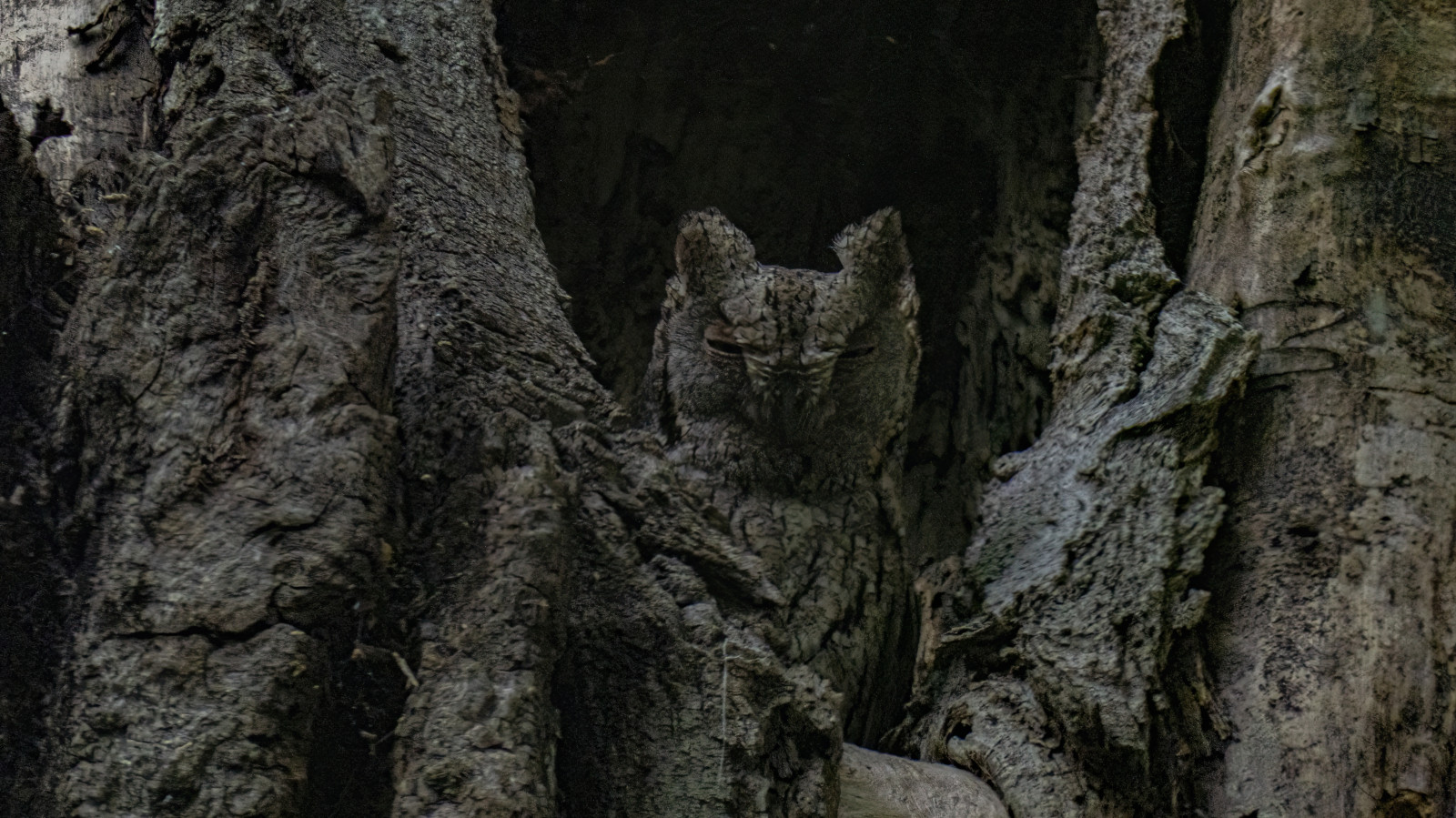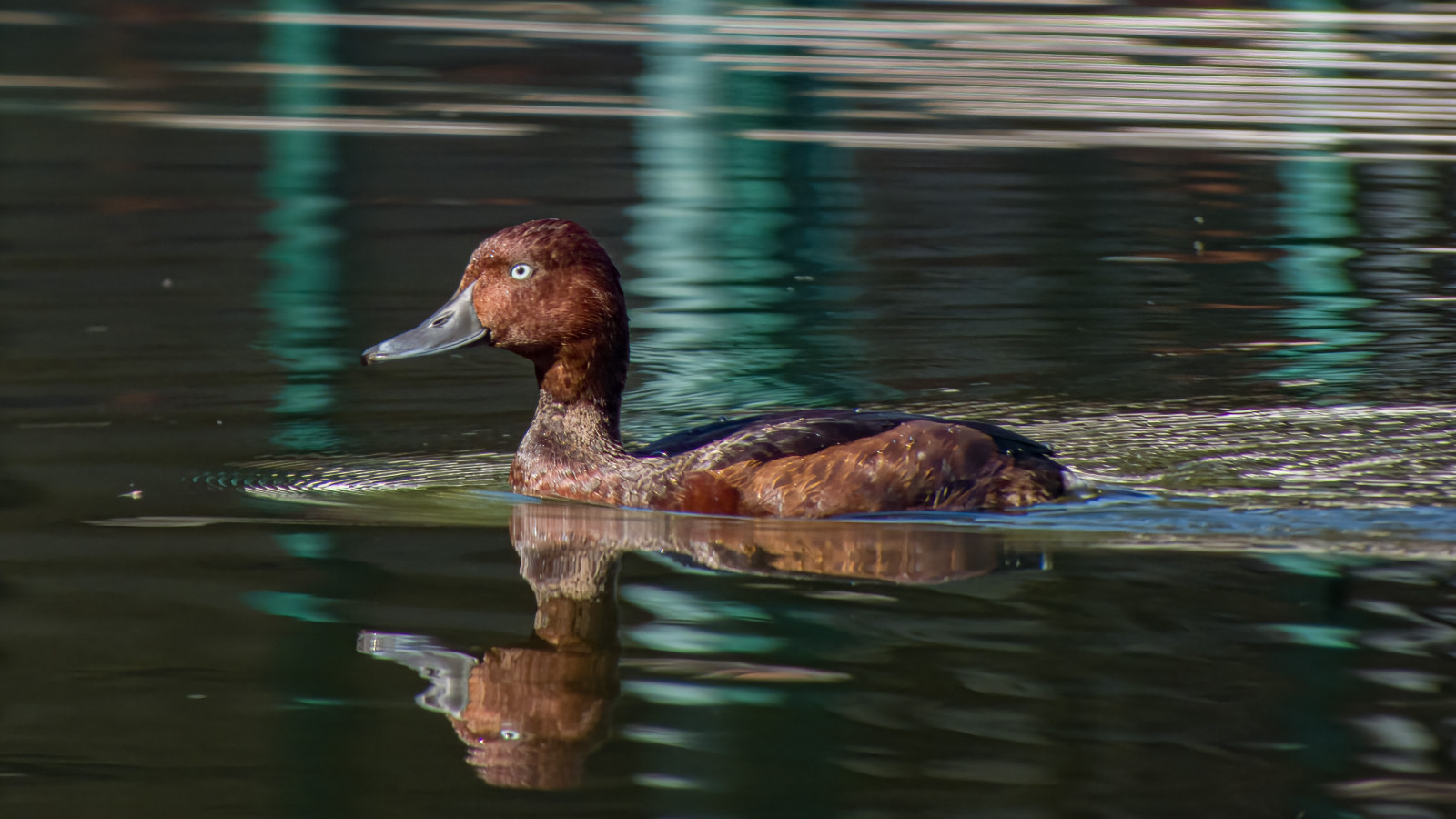Beschreibung
Cismigiu Garden in Bucharest is a nice spot for birdwatching while visiting the city. The garden features a variety of mature trees and plants that attract different bird species. Varying with the change of seasons, birdwatchers can typically spot species like Amsel, Mönchsgrasmücke, Zilpzalp, Buchfink, Sommergoldhähnchen, Wintergoldhähnchen, Waldbaumläufer, Trauerschnäpper and Rotkehlchen. Airborne birds like swallows and swifts also frequently fly overhead. Larger birds such as herons and egrets occasionally come to the perimeter lake and grassy areas.
For a few years in a row, Cismigiu Gardens have been the nesting site for a pair of Kurzfangsperber. Ocasionally, birds of prey circle around above the park and at night, during the summer, Steinkauz and Zwergohreule can be heard and seen. Come winter, the lake is drained to prevent further degradation to the lake's alimentation system and conveniently make place for a skating ring, so don't expect many water species other than a few gulls, a few mallards and some wagtails on the bottom of the lake.
The park's well-established trees, shrubs, and plantings make it a peaceful oasis within the capital. While the vegetation greatly degraded due to poor administration, various woodland and aquatic plants still provide shelter, nesting areas, and food sources that draw more than 70 bird species. While it isn't one of Bucharest's premier birdwatching destinations, if anything, Cismigiu offers a convenient location to observe common songbirds and glimpse rarer visitors with just binoculars or a basic camera lens. Particularly for travelers on a short stay in Bucharest, the garden offers a low-effort chance to enjoy nature and birds without having to travel far from the city center. Birders working their way through Romania may find it worthwhile to spend 30 minutes - 1 hour scanning the treetops and skies of Cismigiu.
Details
Zugang
Cișmigiu Gardens can be accessed easily by foot, by bike, by car or public transport. It is conviniently close to Izvor subway station, Universitate subway station and one can easily walk from there. From Universitate there are several buses that go towards Cismigiu and there's just a single stop to go. There are multiple places where one can park (most of them are paid). Click on a P in the map for directions. Since it is a quite small area, the park can be enjoyed on foot, to take a bike would be overkill.
Terrain und Habitat
Vereinzelte Bäume und Büsche , See , Stadt/DorfBedingungen
Flach , Trocken , SumpfigRundweg
JaIst ein Spektiv nützlich?
NeinGute Beobachtungszeit
GanzjährigBeste Beobachtungszeit
FrühjahrRoute
asphaltierte Straße , Normaler WegSchwierigkeitsgrad der Tour
EinfachErreichbarkeit
zu Fuß , Fahrrad , Auto , RollstuhlBeobachtungshütten oder -türme
NeinZusätzliche Informationen
Best areas to spot birds: - the south-western side of the park has a lot of conifers and it's the best place to spot Amsel, Sommergoldhähnchen, Wintergoldhähnchen and Tannenmeise. - the western area called "the writer's rotunda" is a nice place for Amsel, Buchfink, Rotkehlchen, Grünfink, Kernbeißer, Zaunkönig and Neuntöter. - on the lake's shores and surface there can be spotted Stockente, Bläßhuhn, Bachstelze, Gebirgsstelze, Nachtreiher, Seidenreiher, Zwergscharbe, Weißbart-Seeschwalbe, Lachmöwe and Mittelmeermöwe. - in the trees of the park can be found 4 species of woodpeckers (Mittelspecht, Blutspecht, Kleinspecht, Grünspecht), 4 species of thrushes (Amsel, Rotdrossel, Wacholderdrossel , Singdrossel), various warblers and flycatchers, various birds of prey (Turmfalke, Kurzfangsperber, Sperber, Steinkauz, Zwergohreule) Best time to visit: in spring and autumn, of course. The park has free toilets and drinkable water fountains.



